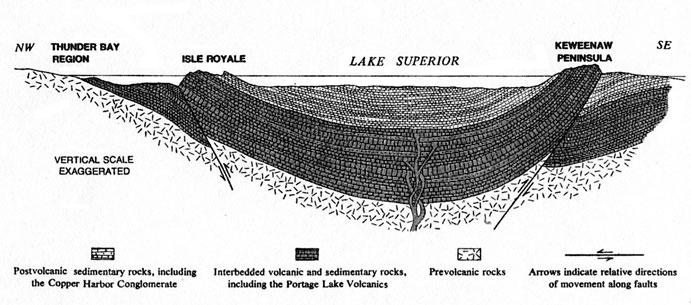teddy52food
Well-known Member
Last week we toured through Mi. We went to the Quincy copper mine in the UP to see the biggest steam engine in the world. Steam was fed to the small cylinder(32 inch) then the exaust powered a bigger cylinder (60 inch) then the exaust was pumped by another smaller engine to a condenser and cooling pond. I questioned the tour guide as to why they cooled the water before returning it to the boiler. She said there was a reason but couldn't explain it. I would think it would be more efficient to use the water hot rather than cool it down. Anyone know the reasoning behind this?


